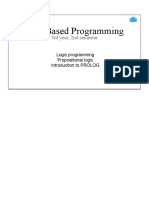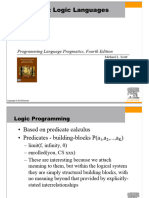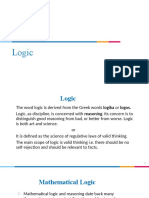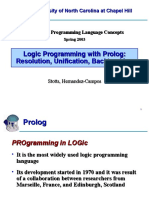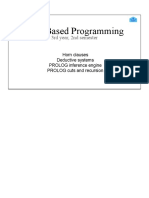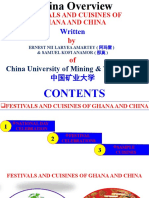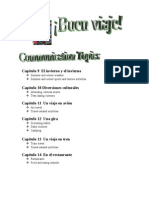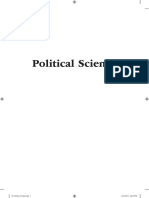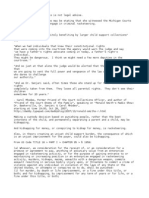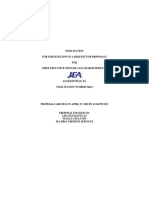0% found this document useful (0 votes)
26 views22 pages1.5 Fundamentals of Programming
Unit I covers the fundamentals of programming, including the importance and history of programming languages, programming paradigms, and the impact of machine architectures. It introduces logic and rule-based programming, particularly focusing on declarative programming and the Prolog language, which is used for AI and problem-solving through resolution and unification. The unit also discusses the structure and features of Prolog, including terms, rules, and examples, while highlighting the advantages and deficiencies of using Prolog.
Uploaded by
hetavimodi2005Copyright
© © All Rights Reserved
We take content rights seriously. If you suspect this is your content, claim it here.
Available Formats
Download as PDF, TXT or read online on Scribd
0% found this document useful (0 votes)
26 views22 pages1.5 Fundamentals of Programming
Unit I covers the fundamentals of programming, including the importance and history of programming languages, programming paradigms, and the impact of machine architectures. It introduces logic and rule-based programming, particularly focusing on declarative programming and the Prolog language, which is used for AI and problem-solving through resolution and unification. The unit also discusses the structure and features of Prolog, including terms, rules, and examples, while highlighting the advantages and deficiencies of using Prolog.
Uploaded by
hetavimodi2005Copyright
© © All Rights Reserved
We take content rights seriously. If you suspect this is your content, claim it here.
Available Formats
Download as PDF, TXT or read online on Scribd
/ 22







